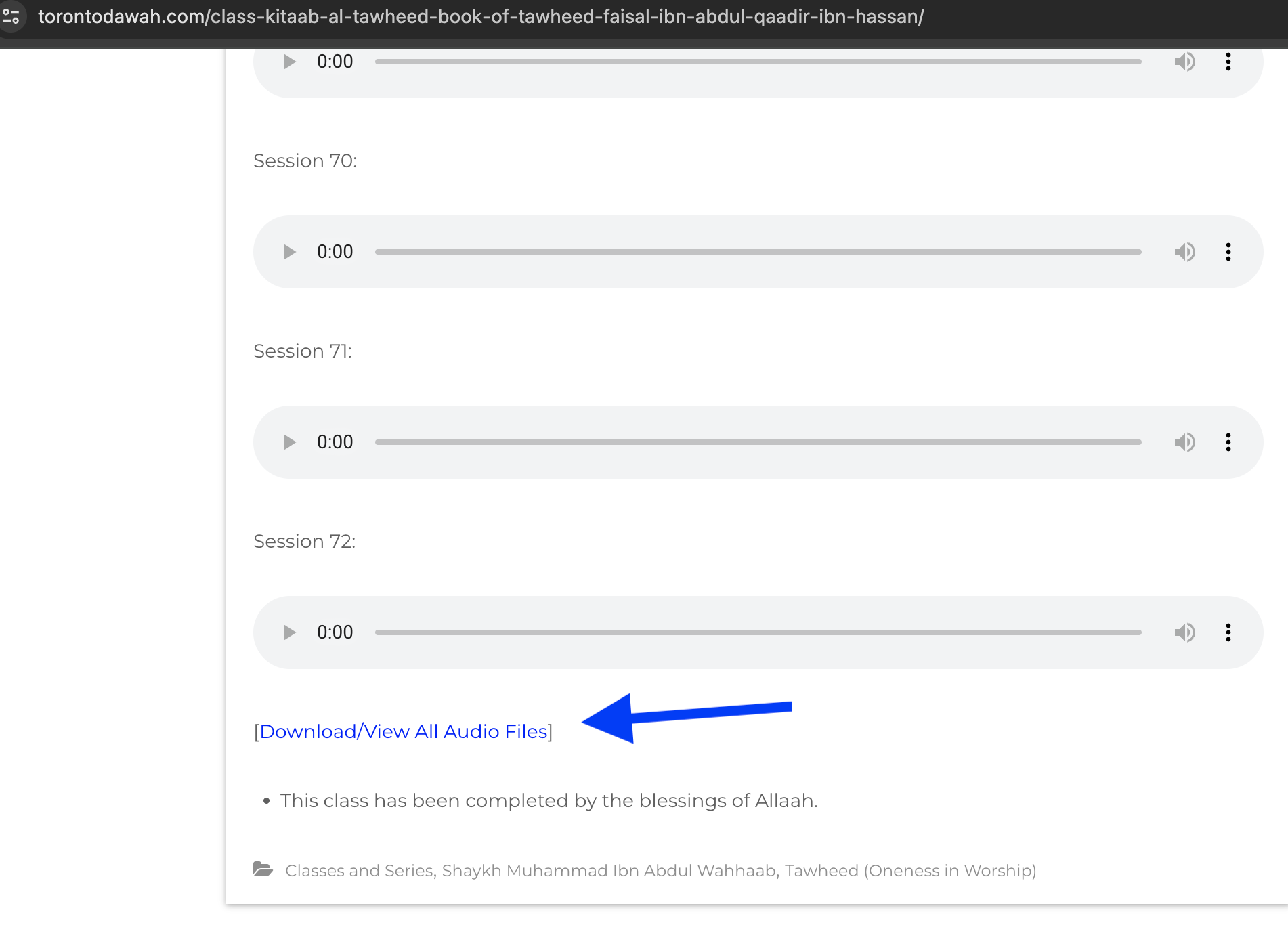Sheikh Ibn ‘Uthaymeen, may Allah have mercy upon him, said:
“…As for taking pictures and entering them into the homes, this is also haram. The reason being that the angels don’t enter the home that has pictures or dogs therein. What do you think of a house where the angels do not enter? It is an evil house. So if there is a picture in the house or a dog, then the malaa’ikah, angels, do not enter, but however, what is made an exception for the pictures is that which is a daroorah, necessity, i.e., pictures on the dinaar and dirham (that which is found these days on our currencies) …Therefore, this affair is a daroorah, in which the people are not able to free themselves from, because its not possible for them to leave the money in the streets… So this is a daroorah, and also from this is the identification card (all of that is which is considered a daroorah, or an urgent need). Allah does not bear a soul over its capacity.”
Refer back to the book” Sharhul kabaa’ir” page 295.
The Sheikh, may Allah have mercy on him, also mentioned:
“As for newspapers that contain pictures in them; then if your intention were to buy them for the purpose of the pictures than this would be considered to be haram. As for the written text found inside then laa baas, there is nothing wrong with this.
Refer back to book “Sharhul kabaa’ir” page 295
~ Abu Fajr AbdulFattaah bin Uthman
————————–
The noble scholar, Shaykh Saalih Al-Fawzaan was asked:
Question:
“What is the ruling on recording lessons and seminars on video for the purpose of Islaamic propagation and benefit?”
Answer:
“Since the time of the Prophets, the Islaamic propagation has been established without the use of photography. Consequently, there is no need for photography and propagation takes place without it. It is not permissible to use that which is prohibited for the purpose of propagation.”
~ Mentioned by: Abu Layth – Aashir Khan
————————
Al-‘Allaamah Al-Albaani (رحمه الله) said: “The prohibition encompasses the pictures that aren’t bodily (sculptured) and has no shade due to the generality of Jibreel’s (عليه السّلام) saying: “Verily we don’t enter a house that has in it imagery”, which is pictures; and this is supported by (the fact that) the imagery on the veil had no shade. There is no difference – in regards to that – between what has been embroidered on a cloth, sketched on a paper or drawn with the photographic device as they all are pictures and picture-making. Differentiating between manual (hand-made) picture-making and photographic picturing – whereby the former is made prohibited without the latter – is a modern phenomenon and stubbornness that isn’t praised.” {As-Silsilah As-Saheehah (1/355)}
Al-Imaam Albany, rahimahullah, was asked the following question:
Question:
ما حكم التصوير مع الدليل؟
What is the ruling on taking pictures along with its proofs?
…أما فيما يتعلق بالمصور فحسبه حديثان اثنان ( لعن الله المصورين يقال لهم أحيوا ما خلقتم ) الحديث الثاني والأخير ( من صور صورة كلف أن ينفخ فيها الروح يوم القيامة وما هو بنافخ ) أما الذين يستعملون الصور فلهم حالتان الحالة الأولى وهي العامة أنه لا يجوز لهم أن يستعملوا الصور بكل أنواعها وأشكالها مادامت من ذوات الأرواح، أما الكلية التي ذكرتها فهي سواء كانت يدوية أو كانت فوتوغرافية أو كانت بالفيديو هذه الصور كلها لا يجوز للمسلم أن يستعملها هذه الصورة الكلية والعامة. الصورة الأخرى هي التي يضطر إليها المسلم والاضطرار له أنواع وأشكال فبالنسبة لعامة الناس صور الهويات والجوازات ونحو ذلك، بالنسبة لخاصة الناس كالأطباء مثلاً فقد يضطرون لتصوير صورة شخص لتشخيص مرضه مثلاً وكتصوير بعض الهيئات الحكومية لبعض الأشخاص المعروفين بالإجرام بالسرقة بالنهب بالسلب ونحو ذلك لاتخاذ ذلك وسيلة للقضاء على الجريمة فما دار حول هذا النوع من الصور جاز استعمالها وإلا لم يجز وكانت الصورة محرمة لأنها تمنع دخول الملائكة كما تعلمون من الحديث الصحيح ( لا تدخل الملائكة بيتًا فيه صورة أو كلب ) وأنا من فضل الله عز وجل أنني أرى أمامي بعض الصور لوحظ فيها أن لا تكون من النوع المحرم لأنها لما يبدو لي ليس فيها صور من ذوات الأرواح وإنما تمثل الطبيعة والغابة ونحو ذلك، وإذا كان المسلم له هوى في التصوير وفيما يسمى اليوم بالفن فليصرف فنه إلى ما أباح الله له من الصور غير ذوات الأرواح هذا هو الذي يساعد الوقت على اختصار الكلام فيه.
Answer:
As for the ruling of the picture taker, then what should be sufficient in relation to him [the picture taker] are two hadeeths:
“May the curse of Allah be upon the picture makers [for verily] it will be said to them: ‘give life to what you have created.’ ”
And the second hadeeth:
“Anyone who makes a picture will be assigned to breathe a soul into them on the Day of Resurrection, yet he will not be able to.”
As for those who make use of pictures, then they have two scenarios:
The first scenario, which is general, is that it is not permissible for them to make use of pictures in all of its types and forms as long as they are from that which have souls in them. As for the generality of which I mentioned, then that is whether it be by hand or through photographic means or found in a video. All of these [forms] of pictures are not allowed to be used by a Muslim, and this is the case for the general pictures.
As for the other pictures which a Muslim may have a necessity for, then this has a variety of different types and forms. So for the general public, it will be identification cards and passports and its likes, and in relation to what is specific for some of the people, the likes of doctors for example, [wherein] they may have a need to photograph a person to diagnosis his sickness for example, or such as the surveillance of some of the government departments for some individuals who are notorious for crime, stealing, robbery and thievery and the likes of that of which is a means to put an end to crime. Therefore, whatever revolves around these types of pictures, then it is permissible to make use of it, or else it isn’t permissible and the image will be haraam. [This is] since it prevents the entry of the angels, and the authentic hadeeth which states:
“The angels will not enter a home wherein is a picture or a dog.”
And I praise Allah Azza wa Jal that I see in front of me images of what is noticed that they aren’t of the type which is haraam. The reason being [that] according to what is apparent for me, it doesn’t include pictures which possess souls in them. Rather, they only show sceneries of nature and forests and its likes.
And if a Muslim has with him passion to take pictures, or for what some refer to it today as ‘an art’, then let him change his art to what Allah has made allowable of images that do not possess souls in them…
Also on the following audio:
Shaykh Albany, rahimahullah clarifies his fatwa concerning using the means of pictures in the field of education wherein Shaykh Albany rahimahullah clarified that he sees it only permissible in a state of daroorah [a necessity] and the example he, rahimahullah, gave in the audio is such as a scenario the students will not be able to understand the speech of the professor except through a picture and that there is no other means besides the means of pictures to make them comprehend the speech and with the condition that it is only used according to the need for it. Therefore, if all of the above conditions are met, then Shaykh Albany rahimahullah sees the permissibility for making use of images and pictures for educational reasons.
A Side Note: This is to show Shaykh Albany’s opinion in this matter is not unrestricted in permissibility. However, it is upon the aforementioned conditions. And Shaykh Muqbil and others have clarified there is no necessity for making use of pictures since there are other means of teaching which can suffice us from pictures.
Shaykh Albany, rahimahullah, said:
“As for the current ‘expanded view’ that we see in our times [regarding this matter], meaning if a person wants to stage a lecture, then he appears on television, where is the daroorah? If the purpose is teaching, then that occurs simply by the people listening to the speech of the speaker and that is sufficient in fulifilling the beneficial objectives of the Shar’iah [Islamic legislation].”
[“The knowledge based refutation of Abu Ishaaq Al Huwaini” – 24]
Ash-Shaykh Bin Baaz, rahimahullah, was asked on the ruling of displaying the washing and the shrouding of the deceased via video?
So The Shaykh, may Allah have mercy upon him, said:
“Teaching occurs without the means of videos due to the great number of authentic hadeeths prohibiting pictures and cursing those who take pictures”
[Questions of Al-Jamee’yah al-Khaireeyah Bishaqraa]
Shaykh Albany, rahimahullah, mentions on the following video that having the TV in one’s home is like having the Shaytan in one’s home as one can see here.
A Side Note: As for what one is trialed with in this day and era with pictures being everywhere and perhaps a person doesn’t leave his home except he sees a picture whether in the streets or in the stores or perhaps some of the links to the audio of the ulema is not accessed except through viewing these images, then one should dislike it with his heart when witnessing and viewing these images. And the sin will be upon those who trialed the Muslims with these affairs.
Translated by
AbdulFattaah Bin Uthman
Abu Fajr
One can read more about this topic here and can read the pamphlet regarding this topic here




